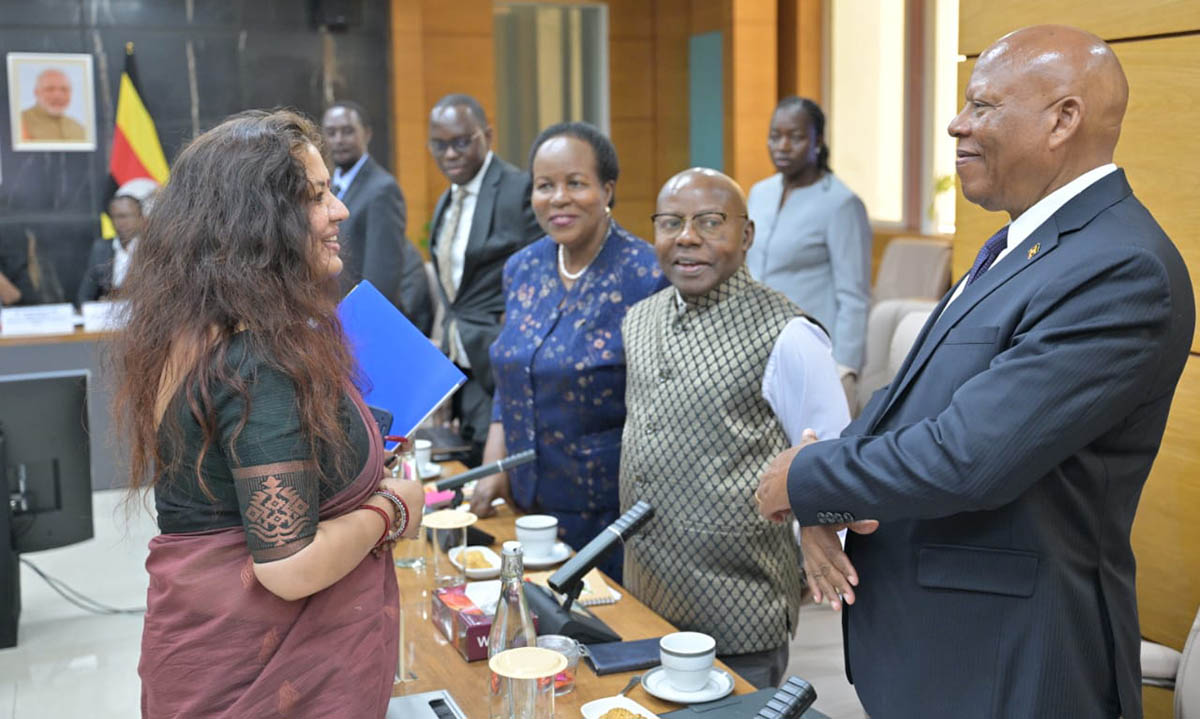
The India-Uganda Joint Trade Committee conducted its Third Session at New Delhi during 25th-26th March 2025 after waiting for 23 years. Bilateral trade evaluations took place between both parties which led them to develop their economic partnership. Both countries agreed to focus their economic partnership on minerals and coffee products as well as pulses and dairy products and digital infrastructure. During the session both parties examined the potential benefits of Memorandums of Understanding (MoUs) in public works and agriculture and traditional medicine and telemedicine fields. The draft agreed to establish a joint business forum which would promote industrial collaboration. The delegation spent time in Noida SEZ while exploring the export system that exists in India.
-
The India-Uganda Joint Trade Committee conducted its 3rd Session at New Delhi during 25th-26th March 2025.
-
Both countries agreed to focus their economic partnership on minerals, coffee products, pulses, dairy products and digital infrastructure.
India-Uganda Relations
-
Relations between India and Uganda began their long-standing connection during the 19th century.
-
India established a presence in Uganda when British colonial rule recruited Indian workers for construction of the Mombasa-Kampala railway.
-
Ugandan nationalists derived inspiration from India’s struggle for independence while Jawaharlal Nehru alongside various Indian leaders provided their support to Uganda’s fight.
-
The relations decreased following Idi Amin's government in 1972 because his administration forced over 55,000 Indian residents who maintained Uganda's economic backbone to leave.
-
The political leadership of President Yoweri Museveni following the 1980s brought major progress to India-Uganda relations which now support a population of approximately 20,000 Indians and persons of Indian origin.
Key Developments in India-Uganda Relations
-
Uganda considers India as its primary economic investor and trading partner due to strong pharmaceuticals, manufacturing and infrastructure industries between both nations.
-
India shows perpetual backing for Uganda's development through both education-based and infrastructure development schemes.
-
Uganda obtains pharmaceuticals worth approximately 30% of its entire supply from Indian manufacturers. Both nations expanded their commercial exchange quantities through continuous developments in their bilateral trade activities.
-
The engagement between India and Africa along with Uganda aims to check China's expanding dominance on African soil. The Government of India recognizes Africa as its vital economic and diplomatic connection.
Trade between India and Uganda
|
Trade |
Amount |
Products |
|
India to Uganda |
$1.23 billion |
|
|
Uganda to India |
$1.5 billion |
|
Highlights of 3rd India-Uganda JTC Session
-
The participating parties recognized that mutual trade activities should grow further to harness maximal economic prospects.
-
The participants decided to establish the India-Uganda Joint Business Forum as an initiative to upgrade private sector participation.
-
The main trading sectors between the two countries consist of minerals alongside coffee and cocoa along with pulses and spices with dairy and essential oils defaulting to plastics and agricultural products.
-
The two countries will examine Memoranda of Understanding for development in public infrastructure and traditional medical services along with agriculture and telemedicine.
-
The two nations must enhance their investment promotion agency interdependence while standardizing their institutional practices.
-
Special emphasis on sectors such as banking, MSME growth, digital infrastructure, electric vehicles, and rare earth elements.
Financial Relations
-
Uganda receives major investment from India through its pharmaceuticals sector and agricultural domains and service industry.
-
The economic growth of Uganda heavily depends on the employment of local citizens by Indian corporate entities which function in the country.
-
The amount of bilateral trade between both nations reached $728 million during 2010-11 while India ranked 2nd after importing goods to Uganda.
Conclusion
Both countries displayed their dedication to enhance economic and trade relations through the Third India-Uganda JTC session. India alongside Uganda use their established historical relationship to drive sector-wide partnerships through their mutual agreements and industrial initial contacts. India has developed its strategic African partnerships to increase regional economic growth while deriving mutual advantages from these new relationships.



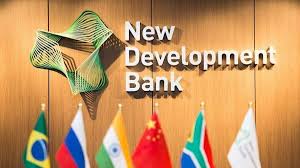 Indonesia to Join New Development Bank: A Strategic Move Towards Economic Growth
Indonesia to Join New Development Bank: A Strategic Move Towards Economic Growth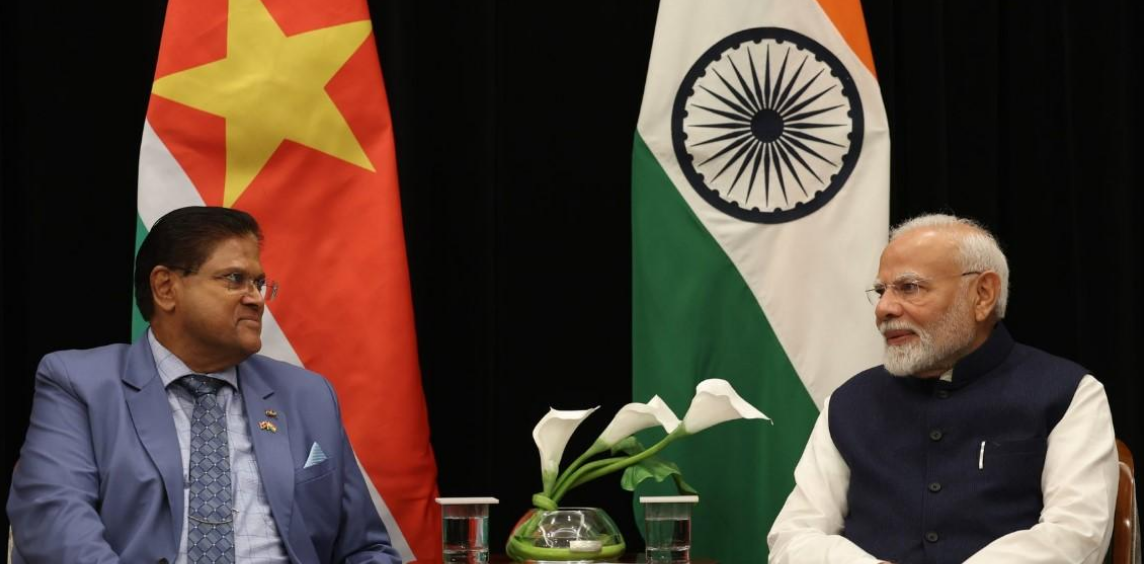 India Strengthens Ties with Suriname: $1 Million Machinery Support for Passion Fruit Industry
India Strengthens Ties with Suriname: $1 Million Machinery Support for Passion Fruit Industry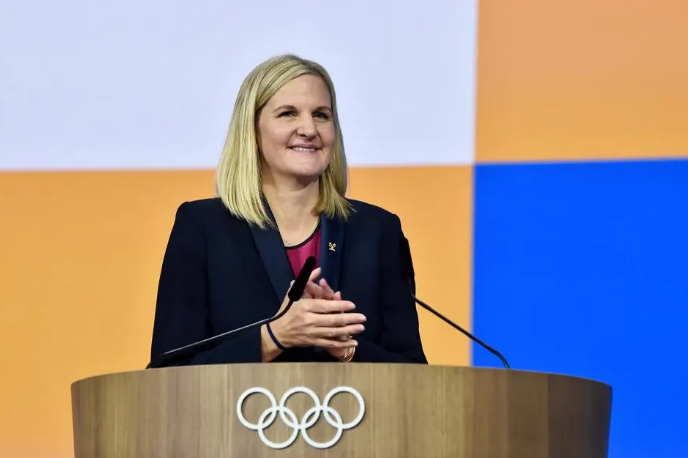 Kirsty Coventry Will Lead Olympics as I.O.C.’s First Female and First African President
Kirsty Coventry Will Lead Olympics as I.O.C.’s First Female and First African President NASA Astronauts Sunita Williams and Butch Wilmore Return to Earth
NASA Astronauts Sunita Williams and Butch Wilmore Return to Earth India Ranked 24th Out of 33 Countries in Free Speech Index
India Ranked 24th Out of 33 Countries in Free Speech Index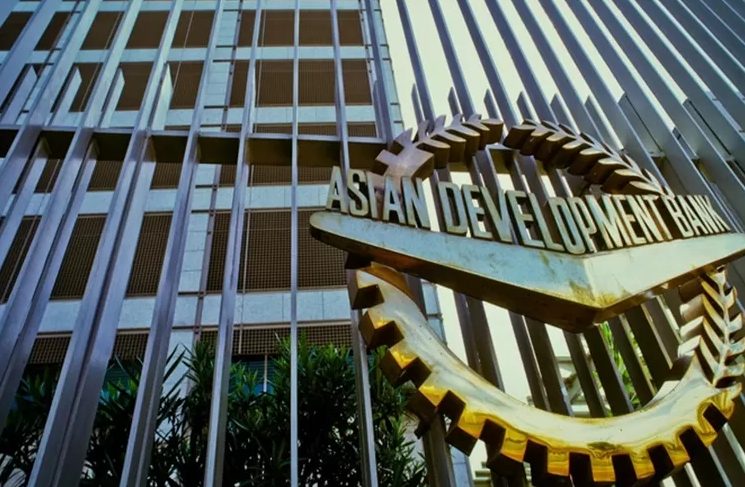 ADB Launches Frontier Seed (Pacific) Program for Economic Growth
ADB Launches Frontier Seed (Pacific) Program for Economic Growth Raisina Dialogue 2025: A Strategic Forum for Global Geopolitical Discourse
Raisina Dialogue 2025: A Strategic Forum for Global Geopolitical Discourse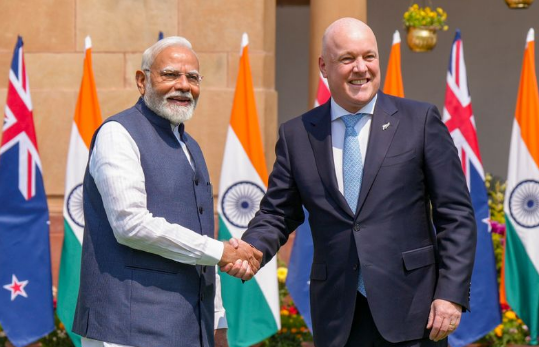 India and New Zealand to Institutionalise Defence and Security Cooperation
India and New Zealand to Institutionalise Defence and Security Cooperation U.S. Airstrikes on Houthis in Yemen Escalate Regional Tensions
U.S. Airstrikes on Houthis in Yemen Escalate Regional Tensions






